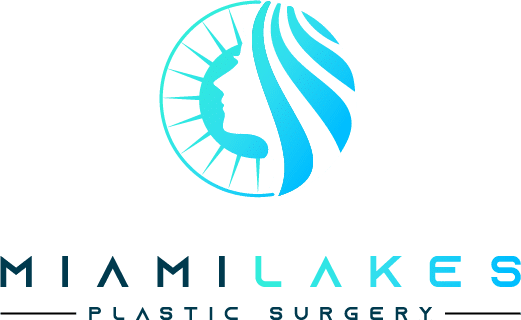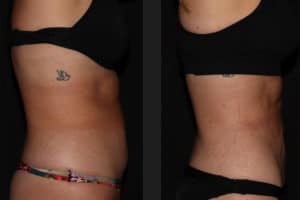Most people do not recognize that they need a mandibular angle augmentation, as it is a rarely discussed topic and it is difficult to notice by the patient. The mandible (lower jaw) delineates the lower face and is distinctly demarcated from the neck by the extent of its outward projection. The Chin and the mandibular angle are important demarcation structures. The mandibular angle is the prominence of the lower jaw in front of the lowest part of the ear. This prominence of the lower jaw frames the lower face. Just as high prominent cheekbones are associated with beauty, a corresponding and proportionately prominent mandibular angle is equally desirable.
Is this procedure right for you?

An underdeveloped lower jaw angle can be corrected with mandibular angle augmentation. It is also often chosen by those who have had a previous facelift that obscured the natural jawline. This surgery accentuates the jawline or changes its angle.
What does mandibular angle augmentation entail?
Mandibular angle implants are available in a variety of shapes, sizes, and materials. For some patients, the mandibular angle augmentation with Fat Transfer may be indicated. An incision is placed in the mouth beside the wisdom teeth, and the implant or fat is inserted through this to the proper location. Small titanium screws may be used to secure an implant to the bone. Sutures are used to close the incisions.
Is it possible to have another procedure done at the same time?
Mandibular angle augmentation can be accompanied by blepharoplasty, midface lift, or chin augmentation.
Will I have any scarring?
Because the incisions are inside the mouth, this procedure does not generally have visible scarring.
What risks are involved?
Surgery has inherent risks of complications including bleeding, infection, and adverse reactions to anesthesia. Following your doctor’s instructions will decrease the risk of complications.
What will I need to do before surgery?
Think about your goals and expectations before the first meeting with your surgeon. Together you will discuss and decide on the modifications you wish to make to the shape of your face.
If you smoke, you will need to stop smoking far ahead of the procedure; smoking increases the risk of complications and poor healing, as it adversely affects blood circulation.
Where will the surgery take place?
We can perform this procedure in our office or an outpatient surgery center or hospital. It is typically an outpatient procedure.
What should I expect from the post-surgery recovery period?
There is seldom any significant discomfort following this procedure. Pain medication prescribed by your surgeon will lessen any that occurs.
Post-surgery instructions will include keeping your head elevated and still to the extent possible to minimize swelling. While you will be able to resume many activities of home life after a day or two, you should not engage in strenuous activity for at least two weeks after surgery.





